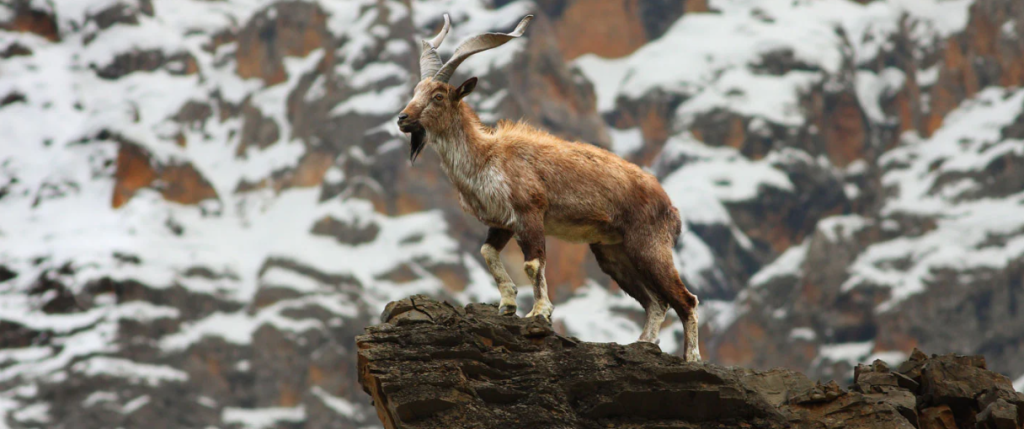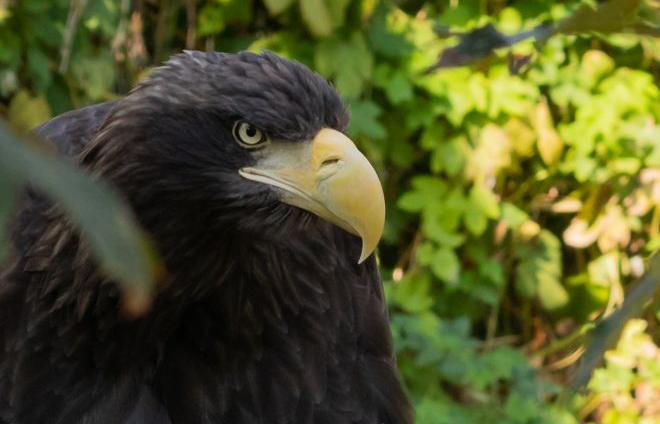The European Bison, also known as the Wisent, is the Belarus National Animal. These majestic creatures are the largest herbivores in Europe and are vital to the ecosystem. They are also a symbol of the Belarusian culture and history. In this article, we will discuss the physical characteristics, habitat, behavior, conservation status, and cultural significance of the European Bison.
Physical Characteristics of Bison
The European Bison is a massive animal, with males weighing up to 1,000 kilograms and standing over 2 meters tall. Their coat is dark brown and shaggy, with a lighter-colored mane on their neck and shoulders. They have a hump on their back and curved horns that can grow up to 80 centimeters in length.
Habitat and Distribution of Belarus National Animal
The European Bison can be found in several European countries, including Belarus, Poland, Russia, and Lithuania. They prefer open forests, grasslands, and wetlands, where they can graze on grasses, leaves, and bark.
Diet and Behavior:
The European Bison is a herbivore and feeds mainly on grasses, herbs, and leaves. They are social animals and live in small herds consisting of females and their young, led by a dominant male. These herds can number up to 50 individuals.
Conservation Status of Belarus National Animal
The European Bison has a troubled history, with their population declining due to hunting and habitat loss. However, thanks to conservation efforts, their numbers have increased in recent years. In Belarus, the species is protected by law, and the country has several national parks dedicated to their preservation.
Cultural Significance of Belarus National Animal
The European Bison has played a significant role in Belarusian culture and history. They have been depicted in art, literature, and folklore for centuries. In Belarus, the species is a symbol of the country’s wildlife and natural heritage.
Conclusion:
The European Bison is a fascinating and important animal. Its physical characteristics, behavior, and cultural significance make it a unique species to Belarus and Europe. With continued conservation efforts, we can ensure that future generations will be able to appreciate the beauty and importance of these magnificent creatures.
References:
European Bison Conservation Center. (n.d.). The European Bison. https://www.bison-ecology.org/european-bison/
National Park “Belovezhskaya Pushcha.” (n.d.). European Bison. https://npbp.brest.by/en/excursions/european-bison
World Wildlife Fund. (n.d.). European Bison. https://www.worldwildlife.org/species/european-bison


